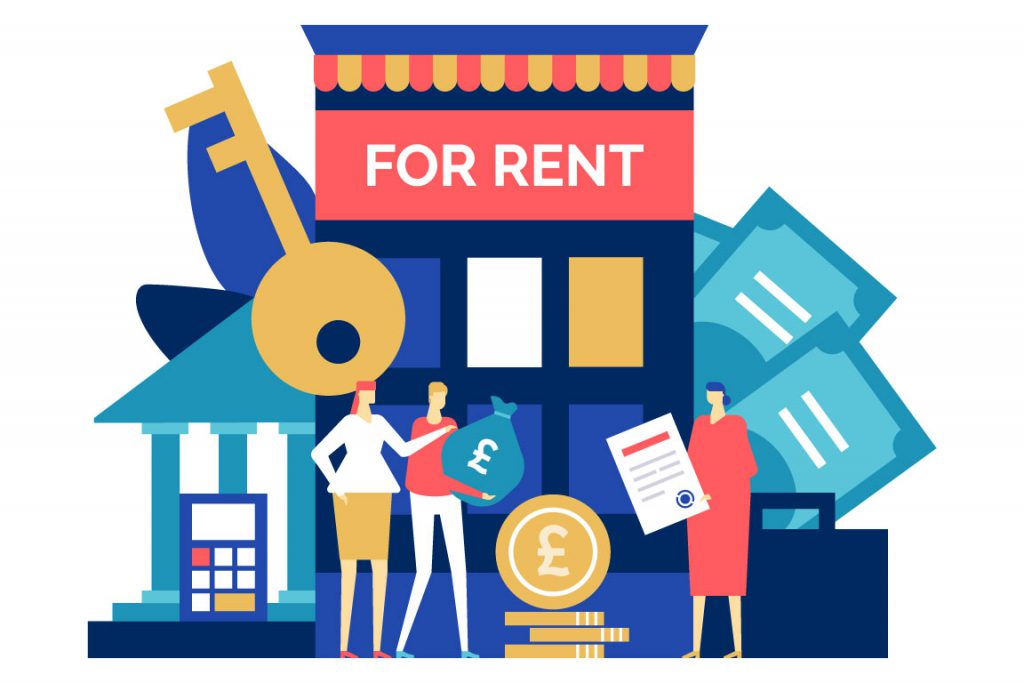It’s no secret that the COVID-19 pandemic and the three national lockdowns have caused some major issues for both landlords and tenants alike, in particular high street retailers who are understandably struggling with cash flow problems during the current restrictions. The retail news is littered with stories of major high street names that are in CVAs or administration and are looking for support at this time. Many such as New Look, All Saints and Ann Summers, to name a few, are seeking for landlords to take a different approach to managing their property rentals. More and more landlords who are seeking a different approach, that will surely take them into the ‘new retail’, are now looking at a turnover rent based commercial leasing framework for its retail and hospitality occupants. But what does this involve and how is it managed? Eurostop, is a leading tenant management software provider, and is powering many landlords who have already adopted this model as an alternative to fixed rent.
What Exactly is Turnover-Based Rent?
In the simplest of terms, turnover-based rent means that a proportion of your rent is calculated as a percentage of the sales turnover, or revenue, that you’ve received from your commercial store over a period of time, which sits alongside a ‘base rent’. The base rent is guaranteed and may be subject to review as per traditional commercial leases. The proportion of base and turnover based rent is usually agreed between the retailer and landlord and may vary. This number can also take into account the retail sector where a particular commercial rental property is located. For example, those with lower turnover and a greater profit margin could be charged a higher percentage; those with higher turnovers and lower profits, a lower one.
Why is Turnover-Based Rent in Such Demand?
A turnover-based rental model is a more flexible model. While for tenants it can take some of the financial pressure off when times are tough, there are several factors which can make it a mutually beneficial arrangement, for both landlords and tenants. Indeed, in the US, the same model is referred to as ‘revenue sharing’. Because a proportion of the rent is based on trading performance, landlords will benefit also and receive an increased income when trading is high; and for tenants, during more difficult times, like during the Covid-19 pandemic, tenants have a little more breathing space.
Although a fixed rental agreement, with periodic increments can seem more attractive for landlords, the current situation highlights some of the disadvantages of this traditional approach. For the landlord, a new, collaborative approach can bring other benefits. Data sharing from such a partnership can also allow landlords to optimise retail space and the shopping experience by allowing them to identify good quality tenants and retail sectors. In turn, this valuable information can be used to adjust and plan retail space in their shopping centers and commercial properties accordingly. This allows landlords to ensure that their space remains occupied and avoids high turnover or worse still, empty space.
…such a partnership can also allow landlords to optimise retail space and the shopping experience
How is A Turnover-based Rental Model Implemented?
In order to transition to this new leasing model, property owners will need a system that supports transparent data collection, processing and analytics.
Landlords will require a system that can reliably and securely collect accurate sales turnover information from each of its tenants, and report on this data to provide the correct business insights.
In addition, there are other considerations in assessing retail turnover rents particularly in an ‘omnichannel’ ecosystem where the path to purchase isn’t just in store but also online, and then with online there are issues such as taking into account returns.
A Few Things to Keep in Mind
For a turnover-based rent model to work for both tenants and landlords, it’s important to:
- Keep Open Provisions: This is where tenants are required to keep a property open during specific hours negotiated with their landlord unless it can’t be opened due to damage or safety concerns.
- Defining Turnover: Another important component is having a clearly defined turnover clause that’s based on the historic performance of a business.
- Confidentiality: For this type of rent model to work properly, landlords will need to obtain a variety of information from tenants, everything from sales data to other information. This means using a safe and secure tenant management system is essential for confidentiality purposes.
Contact us today for more about turnover-based tenant management solutions
For more information about the advantages of investing in a tenant management system, contact the team from Eurostop today. We also specialise in retail EPOS systems, inventory control software, and more, so contact us now.




